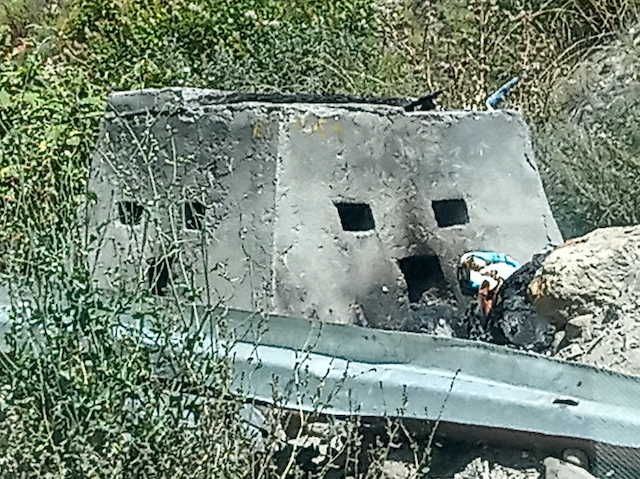Manali: Atmospheric scientists when investigating sources of air pollution produced by the burning of different materials — from crop stubble to coal used in stoves, they stumbled upon an unexpected source, burning piles of trash.
Like most residents of Lahaul valley who have not traveled much, the practice of burning rubbish, be it by tourists or the resident population, which may contain anything from food waste to plastics to electronics, is causing much damage to the valley that only recently has opened up to mass tourism.
Ghana, Nepal, Mexico and other developing countries, like India, lack the tax bases and infrastructure to have proper garbage disposal systems in place. This has the residents and governments, as equal participants, turn to burning piles of trash in the open or in furnaces, a mechanism that removes the garbage from the land and transfers it into the atmosphere.

Environmentalists Vikram Singh lists out burning of waste as a major source of air pollution. “Green house gases like carbon dioxide to tiny particles and toxic chemicals released during the burning of trash are very harmful to humans, animals and plants,” he says.
Vikram Singhwho has been working on global estimates of burn-related pollution says that trash burning isn’t just bad for human health; it is also pumping more greenhouse gases into the atmosphere than had been realized.
Vikram, who is familiar with the trash burning at homes and villages of Lahaul valley, says Lahaul villagers have come with the idea of burning thrash in a small furnace, often funded by the panchayats, really don’t realize the harm they are causing adding to the overall air pollution load in the sky.
“If you do research or travel in developing countries like India, you do see garbage burning in a lot of places,” said Vikaram. In one locality an old man would come around and gather everyone’s trash, then burn it at the end of the street, he added.
It’s no different in Lahaul valley that has started seeing a lot of tourists visiting the valley after the opening of the Atal Rohtang Tunnel, which connects Kullu valley with Lahaul valley.
The rising number of tourists has registered a daily increase in trash being generated and according to one estimate, about 40 percent of the valley’s waste is being burnt which is harming the micro-climate of Lahaul valley.

Sanjay Dutta, an engineer by qualification but is a journalist by choice.
He has worked for the premier new agency Press Trust of India and leading English daily Indian Express.
With more than a decade of experience, he has been highlighting issues related to environment, tourism and other aspects affecting mountain ecology.
Sanjay Dutta lives in a village close to Manali in Kullu valley of Himachal.



